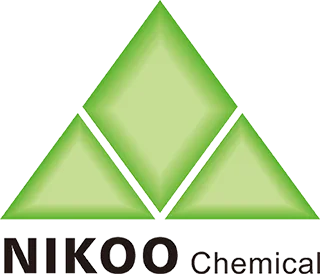The Synergy Secret: Why Ingredients Work Better Together (or Sometimes Clash)
Skincare isn't just a list of isolated ingredients; it's a complex chemistry experiment happening on your face. Understanding synergy (ingredients boosting each other) and antagonism (ingredients canceling each other out or causing irritation) is key to building an effective routine.
Powerful Pairings (Synergy):
1.Vitamin C + Vitamin E + Ferulic Acid: This iconic trio is greater than the sum of its parts. Vitamin E regenerates oxidized Vitamin C, extending its stability and effectiveness. Ferulic Acid boosts the photoprotection (free radical scavenging) of both C and E, making them significantly more potent against sun damage and aging.
2.Niacinamide + Almost Anything: Niacinamide is a team player. It enhances the barrier-repairing effects of ceramides. It can help soothe potential irritation from retinoids or acids. It works alongside Vitamin C (despite old myths, stable forms are fine together) for brightening. Its versatility makes it a core ingredient.
3.Hyaluronic Acid + Occlusives: HA is a hydration magnet, but it needs help to keep that water in. Applying HA to damp skin, then sealing it with an occlusive moisturizer (containing ingredients like petrolatum, squalane, or shea butter) prevents transepidermal water loss (TEWL), maximizing plumping effects.
4.Retinol + Hydrating/Moisturizing Ingredients: Retinol's downside is irritation. Pairing it with soothing ingredients (centella asiatica, panthenol, ceramides) and rich moisturizers helps buffer its effects, reducing redness and peeling, making it more tolerable for long-term use.
Potential Pitfalls (Antagonism/Clash):
1.Retinol (or Retinoids) + High-Strength AHAs/BHAs: Using potent exfoliating acids (like glycolic or salicylic) in the same routine as retinol is a recipe for irritation overload – redness, stinging, peeling, and a compromised barrier. Use them on alternate nights or different times of day.
2.Vitamin C (L-Ascorbic Acid) + Niacinamide (in High Concentrations/High pH): While modern formulations often overcome this, in high concentrations and unstable conditions, they can form a complex that might cause flushing and potentially reduce efficacy for some. If concerned, use them at different times (e.g., Vit C AM, Niacinamide PM). Many well-formulated products combine them safely.
3.Benzoyl Peroxide + Retinol: Benzoyl peroxide can oxidize retinol, rendering it ineffective. Avoid applying them simultaneously. Use BP in the AM and retinol in the PM, or choose alternative acne treatments if using retinol.
4.Copper Peptides + Vitamin C & Direct Acids: Some evidence suggests high concentrations of Vitamin C and acids might degrade copper peptides, reducing their effectiveness. Separate their application (e.g., acids/VC AM, copper peptides PM) if using potent forms.
The Golden Rule: Introduce new products slowly, patch test, and pay attention to how your skin feels. Layering order generally goes: thinnest consistency to thickest (cleanser -> toner -> serum -> moisturizer -> oil/sunscreen). When in doubt, space out potentially clashing actives by using them at different times of day or on alternate days. Formulation matters – a well-designed product can incorporate synergistic ingredients stably.

Phone: +86 20 36028881
Fax: +86 20 36550567
Email:rebecca@nikoochem.com
WhatsApp: +86 13822397763
Add: No 1718, Airport Rd., Yuncheng St., Baiyun Dist., Guangzhou City, Guangdong, China 510000
